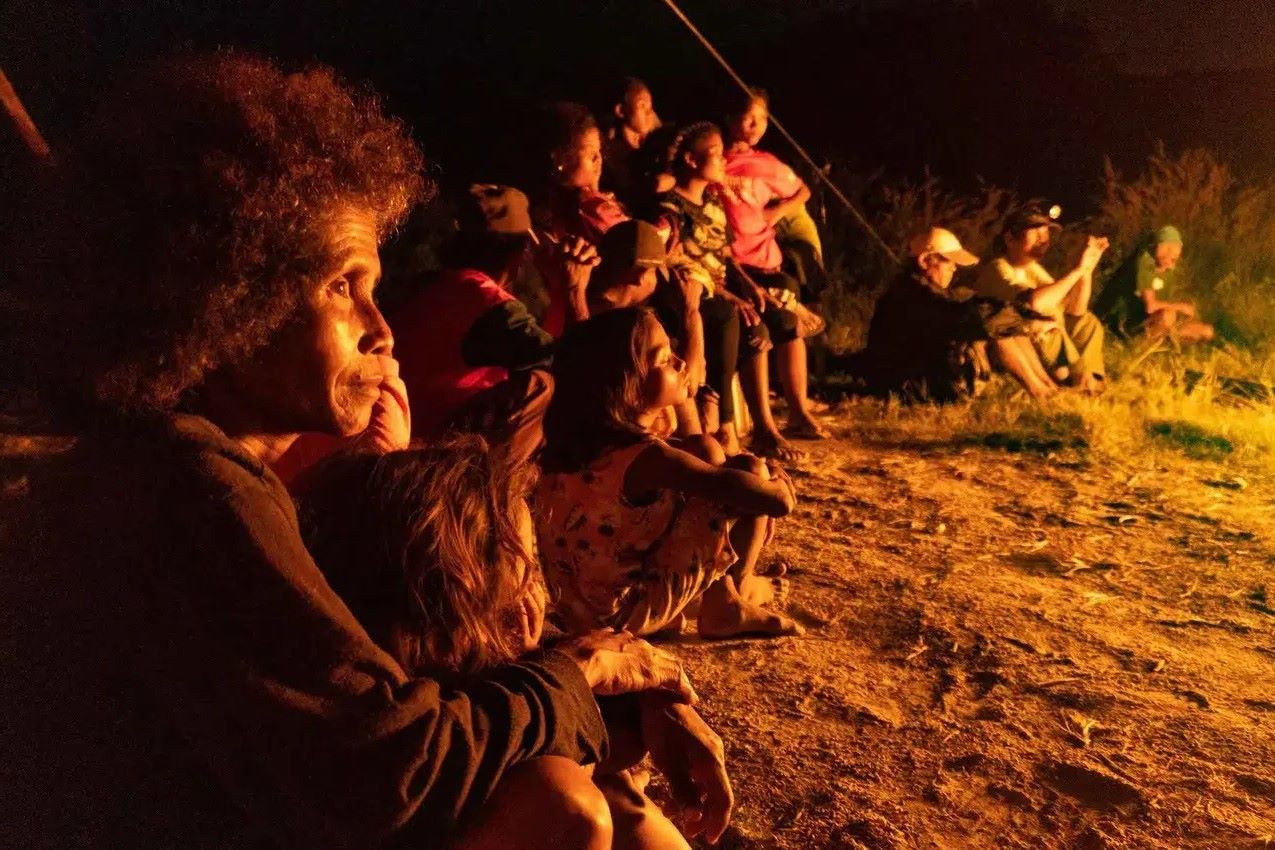The Aeta: The Mysterious Origins Of The First Philippine People

Have you ever wondered who the first people of the Philippines were? Meet the Aeta, a group with a rich history and unique culture. These indigenous people have lived in the Philippines for thousands of years, long before any other settlers arrived. Known for their distinct features and deep connection to nature, the Aeta have fascinating traditions and stories that have been passed down through generations. Their way of life offers a glimpse into the ancient past of the Philippines. Join us as we explore the origins, culture, and enduring legacy of the Aeta, the true first inhabitants of this beautiful archipelago.
Who Are the Aeta?
The Aeta, also known as Agta or Ayta, are among the earliest inhabitants of the Philippines. Their unique culture, traditions, and way of life have fascinated many. Let's dive into their mysterious origins and explore some key aspects of their existence.
Ancient Roots
The Aeta have a rich history that dates back thousands of years. Their origins are often linked to the first wave of human migration to the Philippines.
- Migration Theories: Some scholars believe the Aeta arrived in the Philippines via land bridges during the last Ice Age. These bridges connected the islands to mainland Asia.
- Genetic Studies: DNA analysis shows that the Aeta have distinct genetic markers, suggesting they have been isolated from other populations for millennia.
- Oral Traditions: The Aeta have passed down stories through generations, recounting their ancestors' journeys and settlements across the archipelago.
Unique Culture
The Aeta's culture is a blend of ancient practices and adaptations to their environment. Their way of life offers a glimpse into the past.
- Nomadic Lifestyle: Traditionally, the Aeta were nomadic, moving through forests and mountains in search of food and resources.
- Hunting and Gathering: They are skilled hunters and gatherers, relying on the land for sustenance. Their knowledge of local flora and fauna is unparalleled.
- Traditional Clothing: The Aeta often wear simple, handmade clothing from natural materials like bark and leaves.
Spiritual Beliefs
Spirituality plays a significant role in Aeta life. Their beliefs are deeply connected to nature and their surroundings.
- Animism: The Aeta practice animism, believing that spirits inhabit natural objects like trees, rocks, and rivers.
- Rituals and Ceremonies: They perform rituals to honor these spirits, seeking protection and blessings for their community.
- Healers and Shamans: Traditional healers, known as shamans, play a crucial role in Aeta society, using herbal medicine and spiritual practices to cure ailments.
Challenges and Adaptations
Modernization and external influences have posed challenges to the Aeta's traditional way of life. Despite this, they continue to adapt and preserve their heritage.
- Land Displacement: Many Aeta communities have been displaced from their ancestral lands due to development and deforestation.
- Education and Integration: Efforts are being made to provide education and integrate the Aeta into broader society while respecting their cultural identity.
- Cultural Preservation: Various organizations work to document and preserve Aeta traditions, ensuring future generations can learn about their rich heritage.
Contributions to Philippine Society
The Aeta have made significant contributions to Philippine society, often overlooked in mainstream narratives.
- Environmental Knowledge: Their deep understanding of the environment has been invaluable in conservation efforts.
- Cultural Diversity: The Aeta add to the rich tapestry of Philippine culture, showcasing the diversity of the nation's heritage.
- Resilience and Strength: Their ability to adapt and thrive despite numerous challenges serves as an inspiration to many.
The Aeta's story is a testament to human resilience and the enduring power of culture. Their mysterious origins and unique way of life continue to captivate those who seek to understand the first Philippine people.
The Aeta's Enduring Legacy
The Aeta people hold a unique place in Philippine history. Their mysterious origins and rich culture offer a glimpse into the past. Despite facing challenges, they continue to preserve their traditions and way of life. Their deep connection to nature and resilience in the face of modern pressures are inspiring.
Learning about the Aeta reminds us of the importance of respecting and protecting indigenous cultures. Their stories and experiences enrich our understanding of human history and diversity. As we move forward, supporting the Aeta and other indigenous groups is crucial.
By appreciating their contributions, we honor their legacy and ensure their traditions endure for future generations. The Aeta's story is a testament to the strength and beauty of human diversity.

